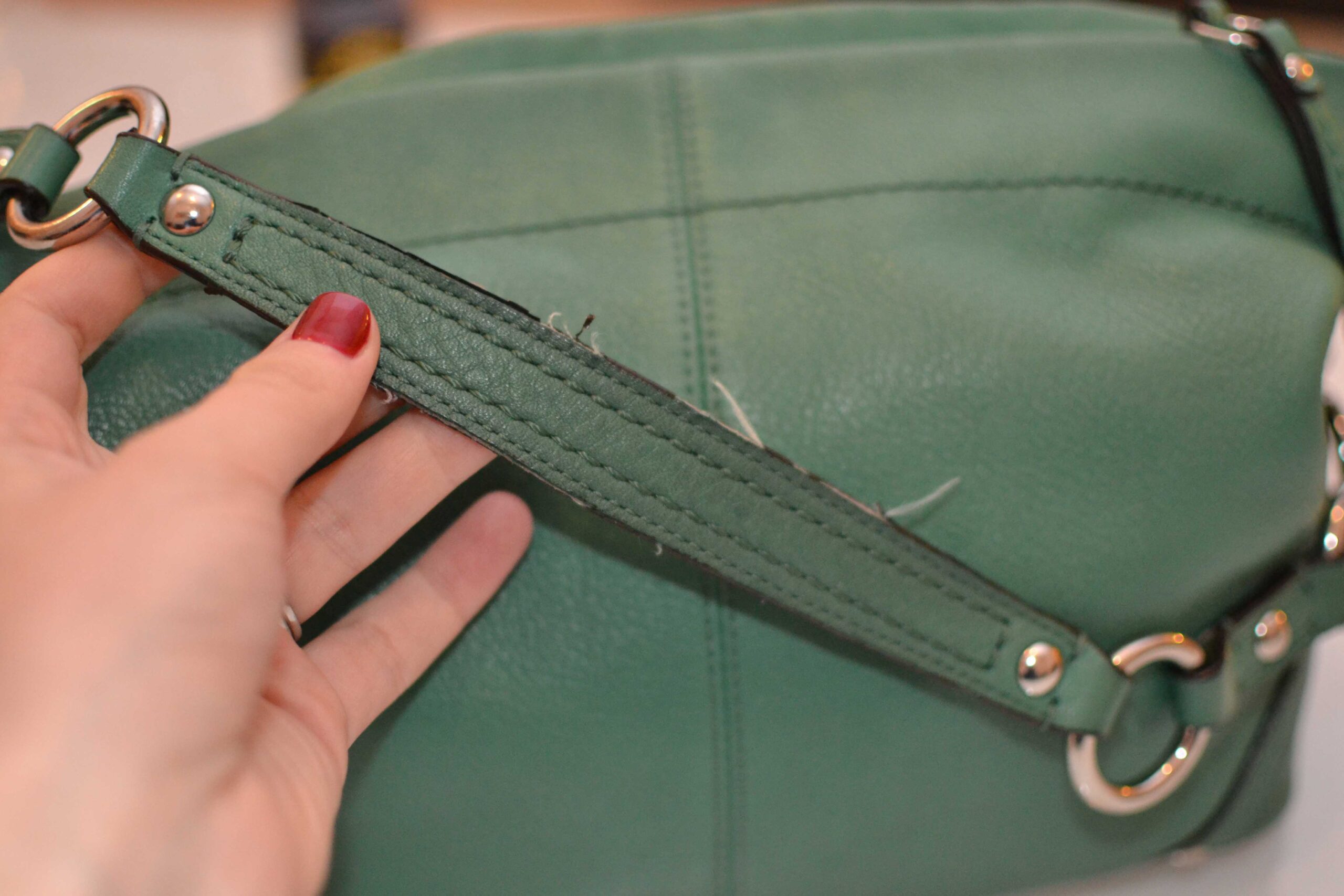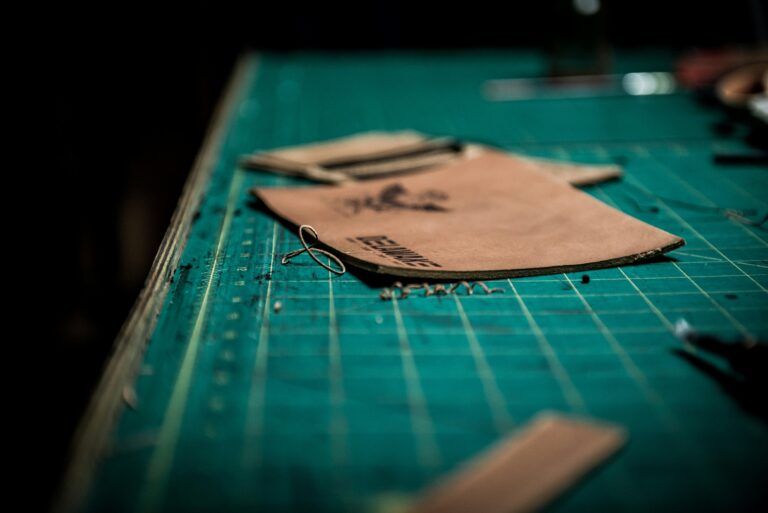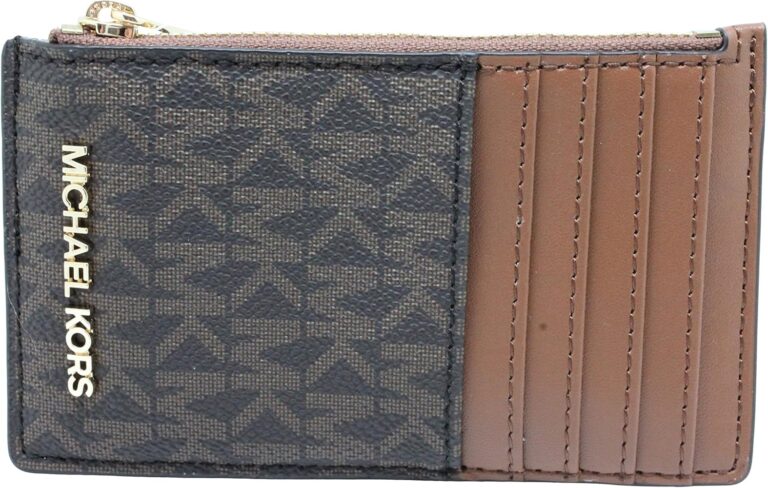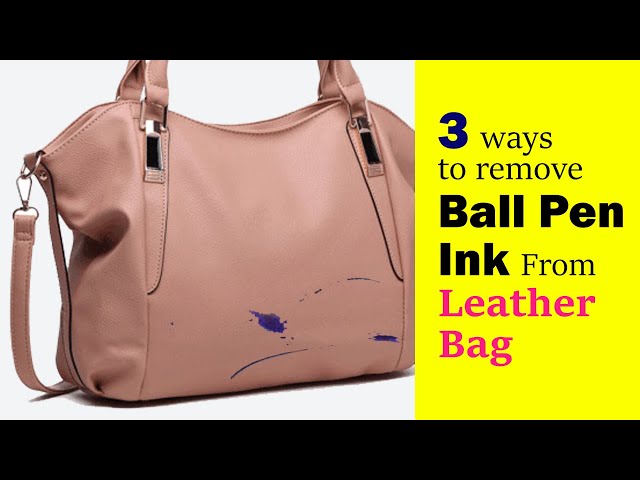How to Fix a Leather Bag Strap Step by Step
Leather Bag Strap Repair
Identifying the Issue
When it comes to fixing the strap of your cherished leather bag, the first step is to identify the issue at hand. Peeling leather on handbag straps often signals that the material may not be genuine leather, particularly if peeling happens due to extreme temperature changes. This is usually a characteristic of bonded leather, which tends to peel repeatedly in such conditions. High-quality leather, especially real leather, is usually more fixable and durable.
Common Issues Include:
- Peeling or cracking
- Frayed edges
- Broken seams
- Detached strap
Proper identification of the problem will help you choose the most suitable repair method, ensuring your leather bag looks as good as new.
Repair Options
There are several ways to repair a damaged leather strap, each suited to different types of issues. Here are some effective options:
| Issue | Repair Method |
|---|---|
| Peeling | Treat with leather conditioner, consider re-dying if genuine leather. |
| Cracking or Fraying | Apply a leather sealant, and reinforce seams (HomeTalk). |
| Broken Seam | Sew the edges back together with a heavy-duty needle and thick waxed thread (Muumade). |
| Detached Strap | Overlap ends or add a layer of leather or fabric to reinforce the joint (Muumade). |
To repair a leather strap, you may need to cut out the worn-out section and sew the edges back together, reinforcing the joint by sewing it to the bag itself. If attaching the strap directly to the bag is not possible, overlapping the ends or adding a layer of leather or fabric to reinforce the new joint is advisable. Pre-punch needle holes before sewing, and use a heavy-duty needle and thick waxed thread. Avoid placing stitches too close to the edges to prevent fraying.
For a detailed guide on leather care, check out our articles on how to clean a Michael Kors leather bag and how do you clean a leather bag. Following these steps can help ensure your leather bag remains in pristine condition for years to come.
DIY Leather Strap Repairs
For those looking to learn how to fix a leather bag strap themselves, there are several techniques available that can restore your bag to its former glory. Here are step-by-step instructions for repairing leather straps using sewing techniques, adding reinforcements, and fixing frayed edges.
Sewing Technique
Sewing is a fundamental skill for repairing a leather strap. Here’s a breakdown of what you need and how to do it:
- Materials Needed: Scissors, heavy-duty needle, thick waxed thread, and leather hole punch.
- Preparation: Trim off any frayed edges using scissors for a clean working area (iFixit).
- Creating Needle Holes: Use a leather hole punch to make small holes along the seam where you will sew.
- Sewing Process: Start from the bottom and sew your way up to ensure proper attachment. Use a heavy-duty needle and thick waxed thread for durability (Muumade).
- Ensuring Strength: Make sure not to place stitches too close to the edges to avoid fraying.
Adding Reinforcement
When the damage to the strap is severe, adding reinforcement can make the strap more durable and extend its life.
- Materials Needed: Extra leather piece, fabric, heavy-duty needle, thick waxed thread.
- Cut Out Damaged Section: Remove the worn-out part of the strap.
- Overlap or Add Layer: If attaching the strap to the bag isn’t possible, overlap the ends or add a layer of leather or fabric to reinforce the new joint.
- Sew Reinforcement: Carefully sew the reinforcement, ensuring even stitches to keep the strap strong.
Repairing Frayed Straps
Fixing frayed straps can prevent further damage and restore the bag’s aesthetics.
- Materials Needed: Pair of scissors, needle, and spool of thread.
- Trim Frayed Edges: Use scissors to trim off frayed threads for a smoother surface (iFixit).
- Sewing the Strap: Wrap the strap around the metal clip to ensure it is properly placed before sewing.
- Reinforcement Sewing: Sew from the bottom up, ensuring that the strap is securely attached to avoid future fraying.
For additional tips on maintaining your leather bag, see our guide on how to clean a Michael Kors leather bag and tips for cleaning shiny leather bags. By following these methods, you can effectively repair your leather bag strap and keep your bag looking pristine.
Tips for Effective Repairs
Taking care of a leather bag means every detail matters, down to how you fix a broken strap. Here are crucial tips to ensure effective repair.
Proper Sewing Tools
To mend a leather strap, you’ll need to cut out the damaged section and sew the edges back together. Reinforcing the joint by attaching it to the bag itself is beneficial. If this isn’t possible, consider overlapping the ends or adding a layer of leather or fabric for extra support. Before you start sewing, make needle holes to ease the process. Use a heavy-duty needle and thick waxed thread to ensure durability. Avoid stitching too close to the edges to prevent fraying.
Essential Tools:
- Heavy-duty needle
- Thick waxed thread
- Leather or fabric for reinforcement
- Needle tool for making holes
Glue Mixture Application
For fixing frayed leather straps, a glue mixture can work wonders. Make a solution by mixing equal parts glue and water. Apply this mixture to the frayed areas with a brush. Allow the glue to dry overnight, then apply a second coat if necessary. Always clean the leather thoroughly before applying the glue to ensure maximum adhesion.
Step-by-Step:
- Clean the frayed area.
- Mix equal parts glue and water.
- Apply the mixture with a brush.
- Let it dry overnight.
- Apply a second coat if needed.
For a detailed guide, check our article on how to fix a leather bag strap.
Testing Color Fastness
Testing color fastness ensures that the repairs won’t alter the appearance of your bag. This is particularly important for threads, trims, and metal components which can stain light-colored clothing if not properly tested. SATRA offers several test methods to assess color fastness and performance. Components should also be tested for saltwater corrosion to prevent potential staining.
Testing Methods:
- Individual testing for threads, zips, trims, beading, and metal components.
- Resistance to saltwater corrosion for metal components.
For additional insights, visit our page on how to color leather bag.
Make sure you have the right tools and techniques to maintain the quality of your leather bag. Explore more about how to clean coach leather bag and how to get rid of stain on leather bag to keep your bag looking its best.
Leather Bag Maintenance
Maintaining the quality and longevity of your leather bag requires proper care and handling. This section will cover essential practices for cleaning, conditioning, and handling minor imperfections in your leather bag.
Gentle Cleaning Practices
Utilizing gentle cleaning techniques is crucial to maintain the quality of your leather bag. Begin by using a soft cloth or brush to remove surface dust and grime. For a deeper clean, utilize a mild soap or leather cleaner. Ensure the leather completely air dries before proceeding with any conditioning steps.
For more details, visit our guide on how do you clean a leather bag.
Conditioning for Longevity
Regularly conditioning your leather bag is essential to restore suppleness and prevent deep cracks. Choose a high-quality leather conditioner and apply it using a circular motion. This process protects the leather, prevents fading, and revitalizes its shine (Steel Horse Leather).
| Step | Action |
|---|---|
| 1 | Select a high-quality leather conditioner |
| 2 | Apply in circular motions |
| 3 | Let the conditioner absorb fully |
For specialized instructions, particularly if you’re maintaining high-end brands, see how to care for Coach bags or Michael Kors leather bags.
Handling Minor Imperfections
To handle minor surface imperfections, utilize fine-grit sandpaper and high-quality leather polish. Carefully apply the polish in circular motions to smoothen the surface and enhance the bag’s natural luster.
For quick solutions to specific issues, you can refer to our guides on how to remove scratches from leather bag and how to remove old oil stain from leather bag.
To keep your bag in pristine condition, these practices and the listed resources will help ensure that your leather bag remains a cherished accessory for years to come. For further in-depth tips, see how to restore leather bag.







